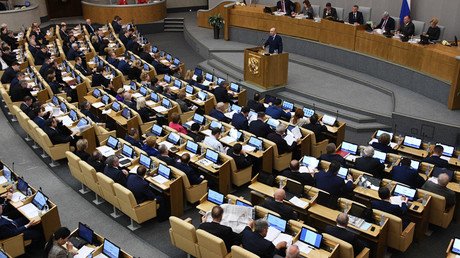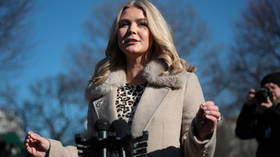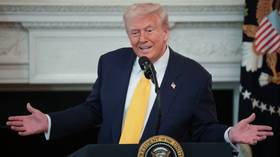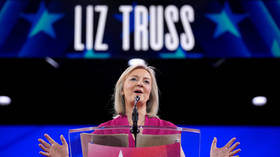Russia could maintain its Reserve Fund with oil at $50

Current oil prices may help Russia avoid running out of reserves this year, Russian Finance Minister Anton Siluanov told reporters on the sidelines of the Gaidar international economic forum on Friday.
"Will we be able to maintain the Reserve Fund if oil prices stay at $50 per barrel,” he said, adding that will bring in around 1 trillion rubles ($16.8 billion) in extra revenue.
The oil price at $50 or above will also allow replenishing of the National Welfare Fund in 2017, he added.
Siluanov insists that revenue from the non-oil sector should be used to support economic and social development.
According to the minister, this year the country’s budget provides for the use of around 1.8 trillion rubles ($30.3 billion) from the Reserve Fund and the Welfare Fund.
Siluanov was echoed by Russian Minister of Economic Development Maxim Oreshkin who said the recovery of oil prices would reduce spending from the Reserve Fund.
“Considering the oil price growth early this year, we have an excellent opportunity to cut spending from the Reserve Fund and preserve it," said Oreshkin.
Russia drew up its 2017 budget using an assumed average crude oil price of $40 per barrel. Brent crude futures were trading at $55.70 as of 14:10 GMT on Friday.
#Putin wants balance between stronger ruble and Russian budget https://t.co/UvL8SEqfNEpic.twitter.com/Ff1l3mWmHE
— RT (@RT_com) July 21, 2016
In November, the Finance Ministry said it wanted to take 1.15 trillion rubles ($19.3 billion) from the Reserve Fund and 668.2 billion rubles (over $11.2 billion) from the National Wealth Fund to cover the deficit in 2017. It assumed the Reserve Fund will be empty by the end of 2017, while the wealth fund will still have about $64 billion remaining.
Statistics showed Russia's Reserve Fund fell to $16.03 billion at the start of 2017 from $50 billion in early 2016.
The Gaidar Forum was organized by the Russian Presidential Academy of National Economy and Public Administration (RANEPA).














